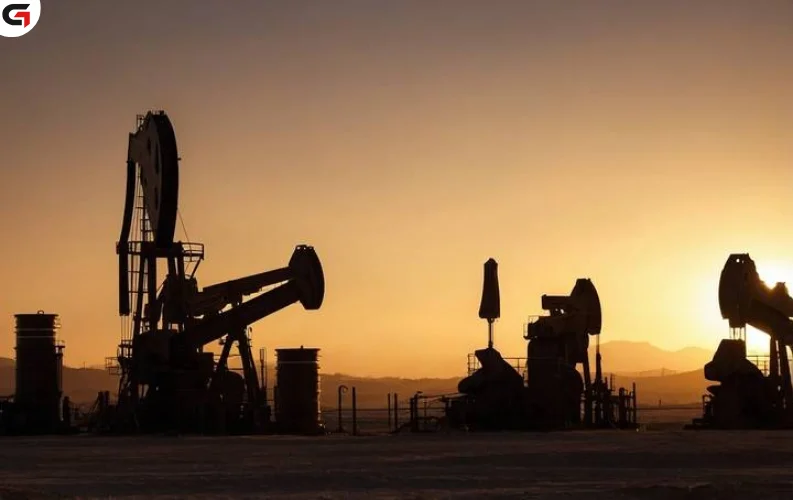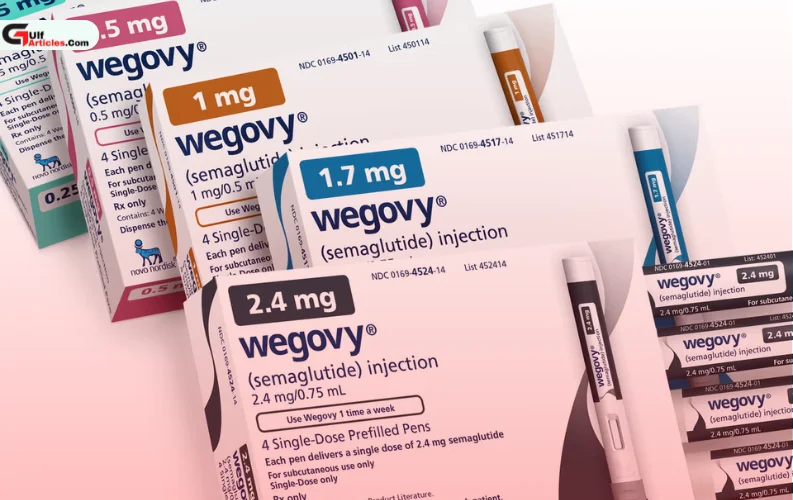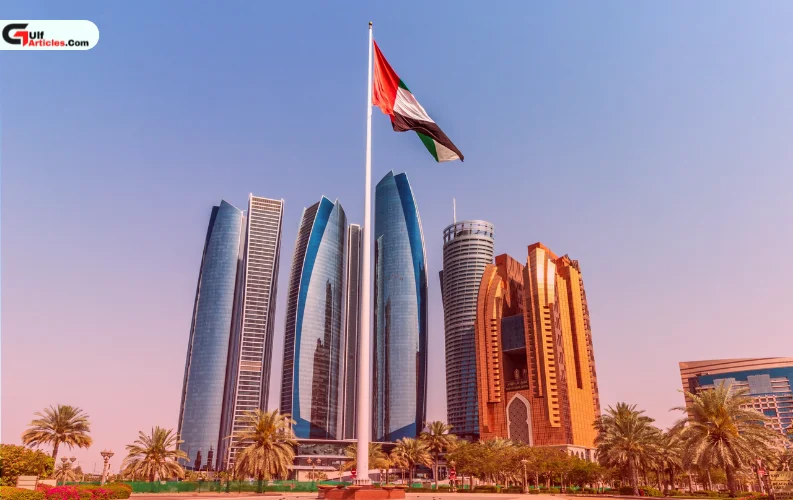Dubai: Crude oil prices may be on the verge of a downturn as the OPEC+ alliance ramps up production at a pace that could outstrip global demand. Leading investment banks have warned that benchmark oil prices could fall below $60 per barrel by the fourth quarter of 2025 if market imbalances continue.
On Saturday, OPEC+ agreed to boost output by 548,000 barrels per day (bpd) in August, marking the third straight monthly increase. This move is part of a larger plan to fully unwind its voluntary supply cuts by September, a full year ahead of the initial schedule.
While the decision reflects optimism over future consumption, it also raises concerns of potential oversupply, particularly as economic activity in key markets remains subdued.
Wall Street Sounds the Alarm
Analysts at JPMorgan Chase and Goldman Sachs have issued cautious forecasts, citing the likelihood of inventory build-ups and weaker-than-expected demand recovery in China and Europe. Both banks suggest that if current trends persist, oil could dip toward $60 a barrel, its lowest level since late 2023.
“The supply-demand equation is becoming increasingly fragile,” said a Goldman energy strategist. “Unless demand rebounds sharply, oversupply risks will escalate into Q4.”
Prices Hold Steady, For Now
At present, West Texas Intermediate (WTI) crude is trading near $65 per barrel, with Brent crude hovering around $72, having fallen from recent highs triggered by geopolitical tensions in the Middle East.
Last month, Brent briefly surged past $80 following escalations between Israel and Iran, but prices quickly retreated after a U.S.-brokered ceasefire and renewed Iranian commitments to the Nuclear Non-Proliferation Treaty.
The easing of conflict risks, combined with macroeconomic headwinds, has limited any sustained upward momentum in oil prices.
Saudi Moves Signal Mixed Sentiment
Adding another layer of complexity, Saudi Aramco raised prices for its Arab Light crude sold to Asia by $1 per barrel for August delivery, a stronger-than-expected increase. While the hike suggests confidence in regional demand, it also puts pressure on Asian refiners grappling with narrowing margins.
“Price hikes from Aramco are a bullish signal on the surface,” said an oil trader in Singapore. “But they’re also testing how far the market can absorb higher costs amid shaky demand.”
Outlook: Oversupply Looms as Demand Lags
By September, a total of 2.2 million bpd will have been reintroduced into global markets by OPEC+ members. Without a commensurate increase in consumption, this could tip the oil balance from tightness to oversupply.
Despite seasonal fuel demand during summer months, global refining margins have failed to rally significantly. Economic data from the Eurozone and China show slowing factory output and sluggish trade growth, raising doubts about a near-term demand spike.
In the near term, prices may remain rangebound, but analysts warn that if macro indicators continue to soften, oil markets could slide into a broader correction by the end of Q3 2025.






















